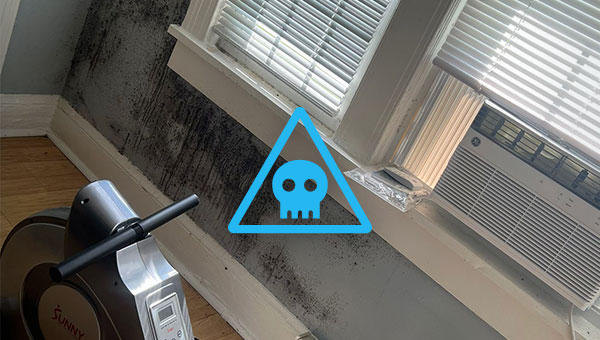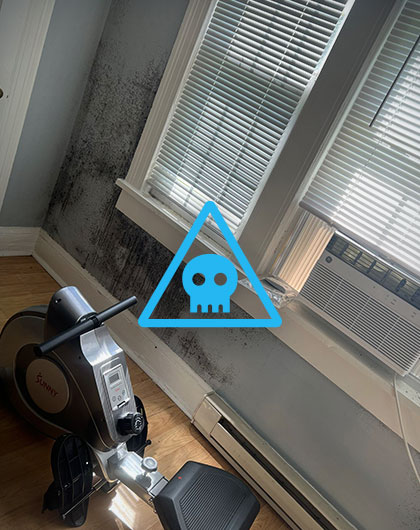
Mold poses significant risks to both property and health, and understanding its prevalence across different states is crucial for homeowners and policymakers alike. Our mold remediation experts at FDP Mold Remediation conducted comprehensive research to shed light on the states most susceptible to mold growth and the factors contributing to this risk.
Mold growth depends on a number of factors, including moisture and temperature. Our study provides a meaningful comparison among states regarding external mold supporting factors and the age of buildings, which is a significant risk factor for indoor mold growth.

Data was collected for all 48 contiguous states and the District of Columbia for four specific categories: average humidity, average annual rainfall, temperature, and average year houses were built. The relevance of when houses were built is that buildings of older construction (before central air conditioning and energy-efficient building methods) are more susceptible to moisture coming in from the outdoor environment, which can lead to significant indoor air quality concerns from mold growth.
Each state was assigned a descending ranking number from 10 for each metric, with 10 being assigned to the most severe instance (i.e., the state with the highest annual rainfall, Mississippi, was assigned 10).
The ratings for all four metrics were then added up to calculate the mold index for the state. The maximum mold index possible is 40. In this way, the research allowed us to create a meaningful comparison of mold risk.
Florida tops the list as the state most prone to mold-related challenges. Renowned for its subtropical climate, Florida maintains high temperatures averaging 73°F year-round, accompanied by substantial rainfall of 54.6 inches on average. These conditions provide an optimal breeding ground for mold growth if not effectively managed.
Following closely, Mississippi ranks second in mold risk primarily due to its climate. The state boasts a high average humidity of 72.5% and the highest rainfall among all states, averaging 59.44 inches annually.
Louisiana secures the third spot in mold susceptibility, with a Mold Index of 38.52. Despite having even higher humidity levels than Florida and Mississippi, Louisiana's temperature and rainfall rankings are slightly lower than its counterparts.
Alabama emerges as the fourth state facing significant mold risks, characterized by high average temperatures of 65.4°F and substantial rainfall of 57.86 inches. These conditions create an ideal environment for mold growth, especially in older homes built around 1985.
Tennessee follows as the fifth most at-risk state from mold. With approximately 5.7% of homes built before 1939 and an average house build year of 1985, many structures in Tennessee face mold-related challenges, exacerbated by the humid subtropical climate conducive to mold spores' proliferation if not adequately controlled.
All Northeast states appear in the top 60% of our list, highlighting the widespread mold susceptibility in the area. New Jersey leads the region with a mold index of 34.58, followed closely by Rhode Island, Maine, Maryland, Delaware, New York, Massachusetts, Pennsylvania, Connecticut, Washington D.C., and Vermont.
Nevada stands as America's least moldy state, boasting a Mold Index score of 25.46. Its arid landscape, dominated by deserts and semi-arid regions, restricts the moisture that mold typically thrives on. With an average rainfall of merely 8 inches and only 1% of houses built before 1939, Nevada's newer constructions further mitigate potential mold issues.
Following closely, Wyoming secures the second spot with minimal mold concerns. The state experiences an average rainfall of just 14.74 inches, significantly lower than the national average. This scarcity of moisture diminishes the likelihood of mold growth, reflected in its low Mold Index score of 25.50.
Colorado ranks third on the list of states with minimal mold issues, boasting a Mold Index score indicative of its low mold susceptibility. With an average humidity of 47.5% and minimal rainfall averaging 16.49 inches, Colorado's climate conditions are unfavorable for mold growth, reducing the risk for homeowners.
Arizona emerges as the fourth state with relatively low mold concerns, attributed to its high average temperatures of 62.9°F and meager rainfall of 12.09 inches. Additionally, the state's housing structures, with an average age of around 33 years, likely feature better ventilation systems, further inhibiting mold growth indoors.
In fifth place, New Mexico maintains a climate characterized by low average rainfall (14.1 inches), moderate temperatures around 56.2°F, and low humidity levels at 44.5%. These environmental factors contribute to its relatively low Mold Index score, indicating diminished mold susceptibility.
Utah rounds out the top six least moldy states, benefiting from its dry, semi-arid, and desert climate. With minimal rainfall averaging 11.4 inches and low average humidity around 55%, Utah's median house age of approximately 34 years further supports its reduced risk of mold growth.
The complete ranking table is available at the bottom of this article.
This research points out the very real regional differences in factors influencing mold growth in the continental United States and underscores the importance of being proactive in keeping mold from taking over indoors. Moisture control is at the top of the list of what our experts recommend, followed by good ventilation.



